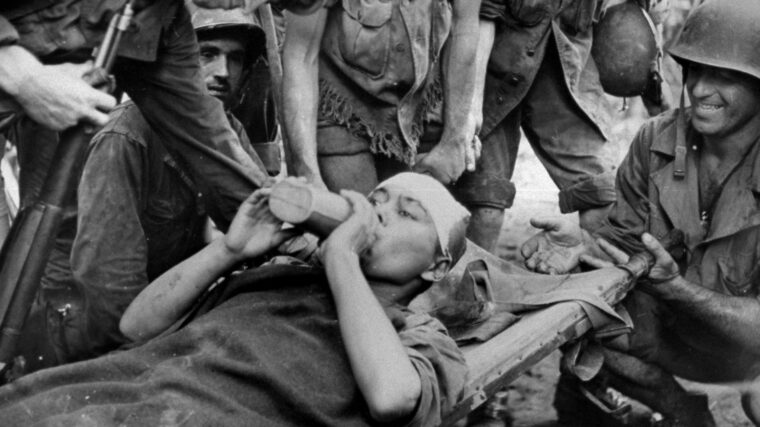
Philippines
Korea Under the Rising Sun
By Allyn VannoyThe first recorded encounter between American forces and Koreans in the Central Pacific during World War II came at Tarawa Atoll in November 1943. Read more

Philippines
The first recorded encounter between American forces and Koreans in the Central Pacific during World War II came at Tarawa Atoll in November 1943. Read more
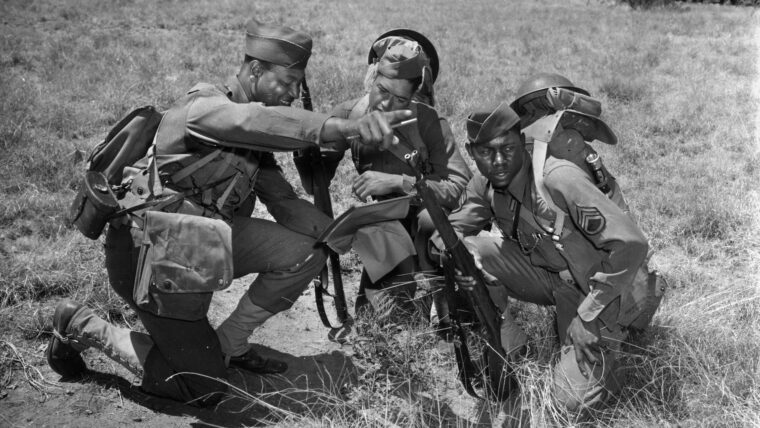
Philippines
On August 2, 1945, two weeks prior to Japan’s surrender, the highest ranking Japanese officer captured during the war in the Pacific was taken on the island of Morotai, Dutch New Guinea. Read more
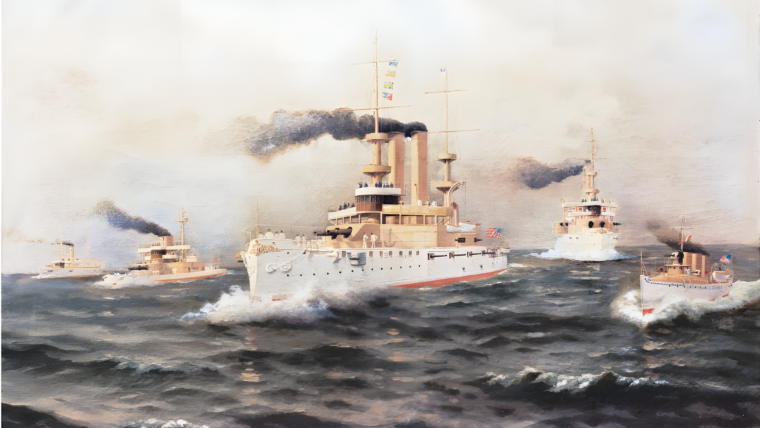
Philippines
Following the Civil War, the United States saw enormous industrial progress. A sense of nationalism also developed, and public opinion was continually enlisted behind an aggressive foreign policy. Read more
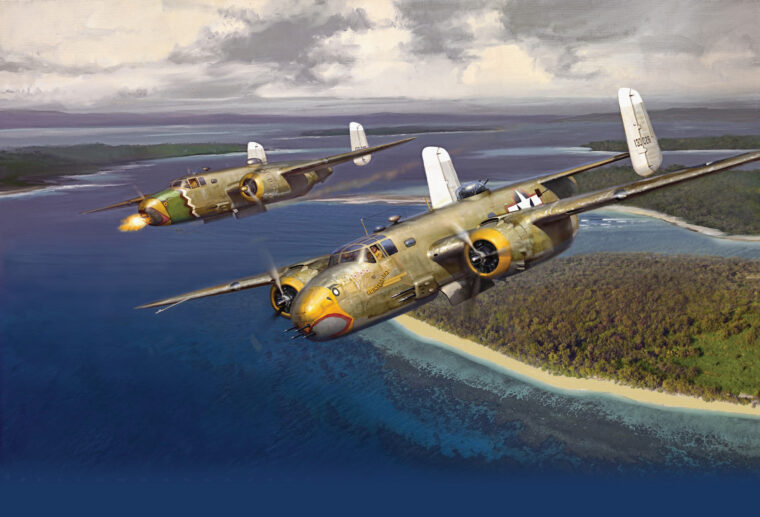
Philippines
In the predawn darkness of Dobodura, New Guinea, 2nd Lt. William J. Smith of the U.S. Army Air Corps was roughly awakened by a noncom announcing that it was time to get dressed and get to the mess tent for breakfast. Read more
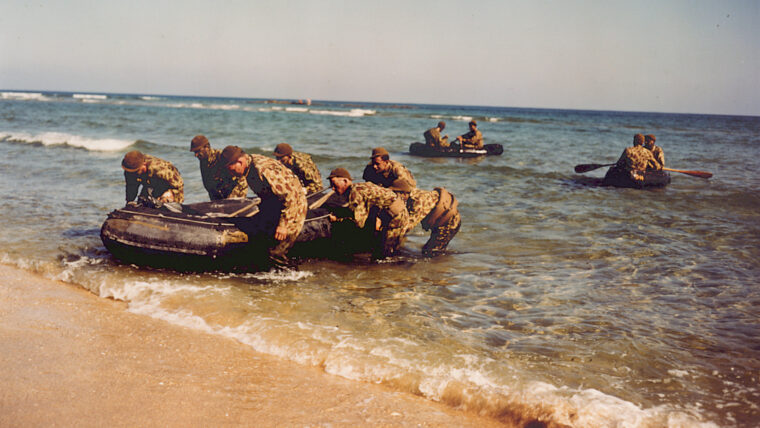
Philippines
Today’s Navy SEALs (for Sea, Air, and Land special warfare experts) have a history shrouded in secrecy. Commissioned in 1962, they are the most elite shore-area Special Forces in the world, concentrating on very select and often-clandestine intelligence gathering and precision strike missions. Read more
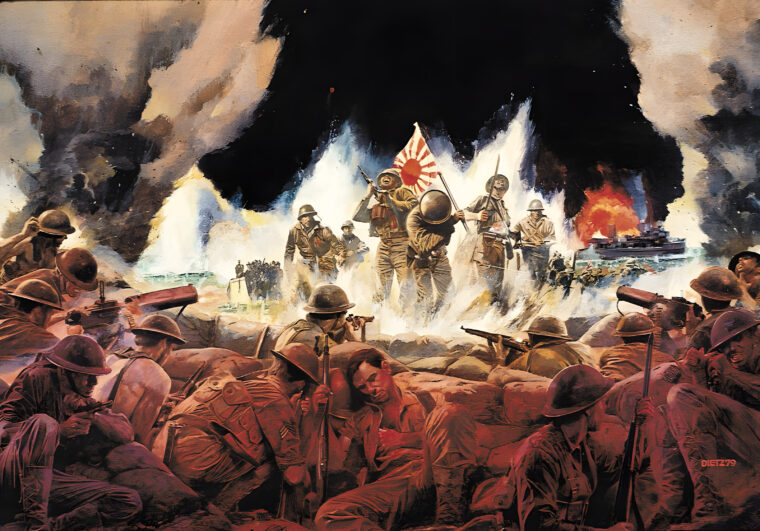
Philippines
In mid-December 1941, during the thick of the Battle of Wake Island, the 400 U.S. Marines who called the island outpost home stood a lonely sentinel in the watery Central Pacific wilderness, like a cavalry fort in an oceanic version of the Western frontier. Read more
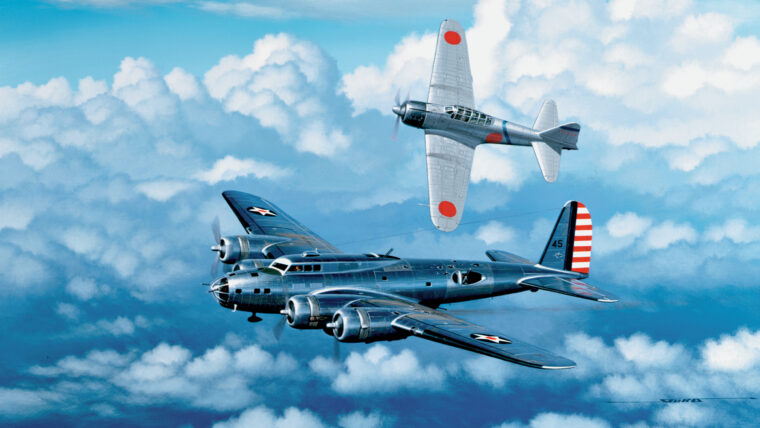
Philippines
The psychological and military shock that the Allies experienced when they first encountered Mitsubishi’s legendary A6M2 Zero fighter plane at the beginning of the Pacific War may be difficult to understand today. Read more
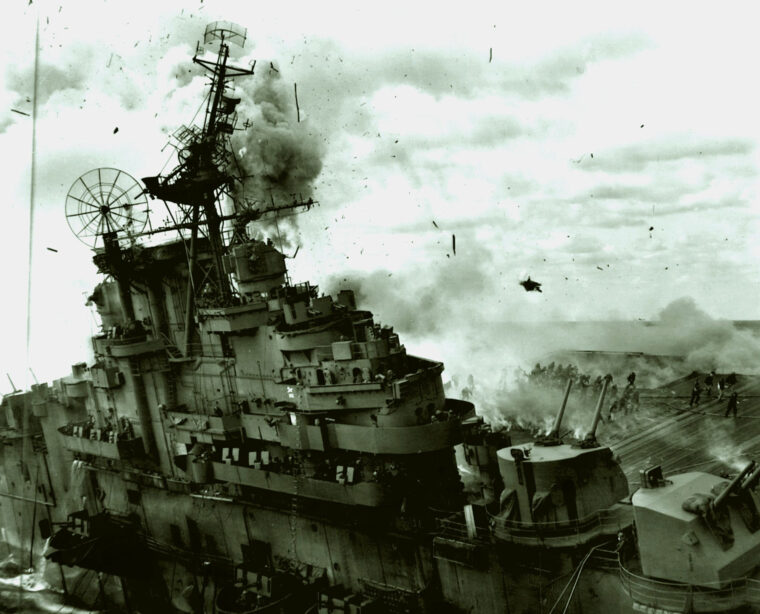
Philippines
On March 3, 1945, the 27,100-ton aircraft carrier USS Franklin churned out of Pearl Harbor and headed westward for the war zone. Read more
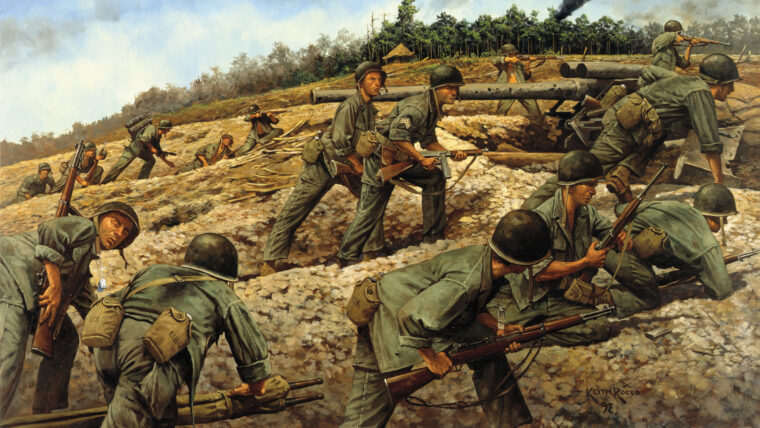
Philippines
In April 1944, General Douglas MacArthur’s Southwest Pacific forces took a giant 600-mile leap along the north coast of New Guinea with their landing at Hollandia. Read more
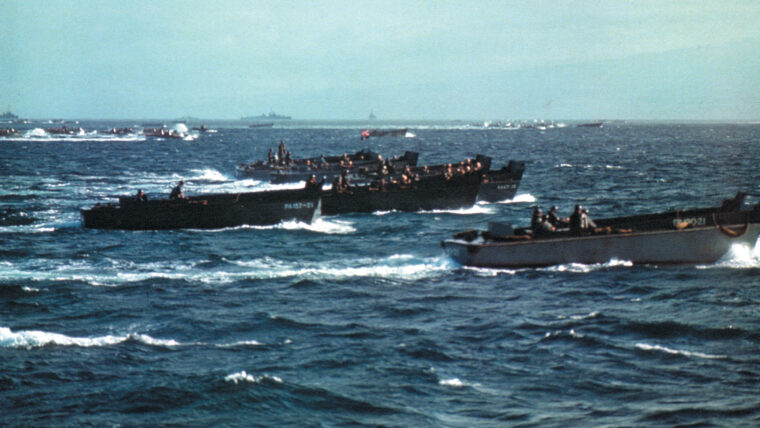
Philippines
In November 1941, the U.S. Asiatic Fleet weighed anchor in Shanghai, China, for the last time. Alarmed by the growing hostility and aggressiveness of the Japanese, Admiral Thomas Hart ordered the outnumbered and outgunned American vessels moved to the relative safety of Manila Bay in the Philippines. Read more
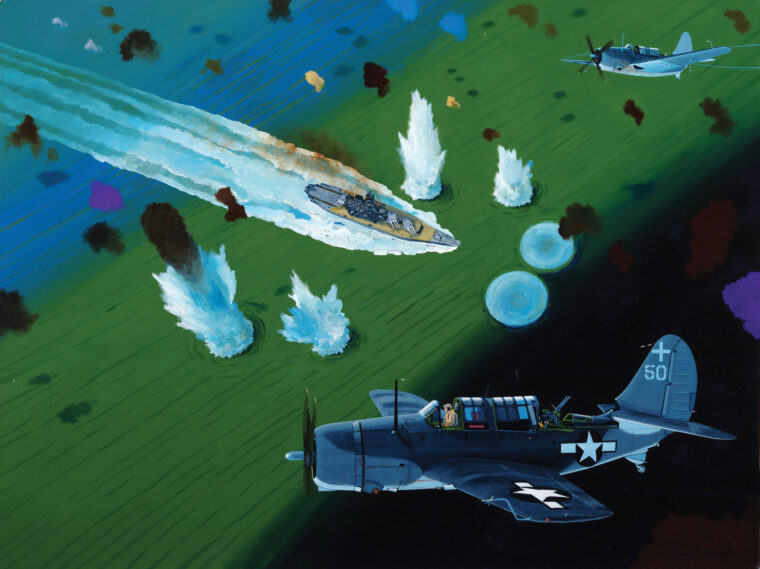
Philippines
In warfare, desperate times call for desperate measures, and in the fall of 1944 the empire of Japan found itself in precisely that predicament. Read more
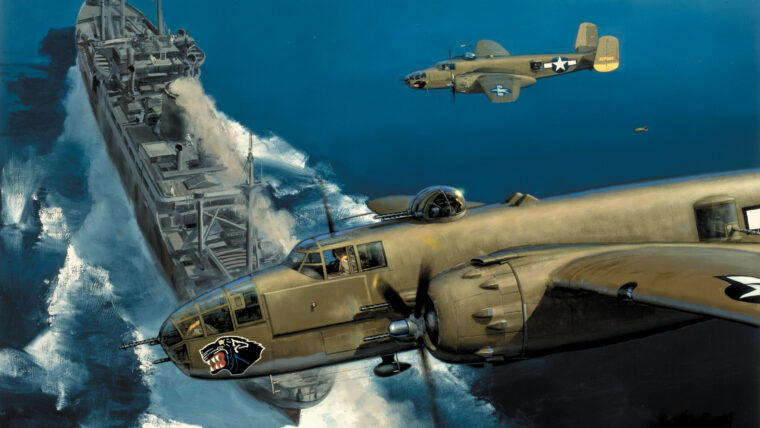
Philippines
During the 1920s, roughly two decades before the B-25 Mitchell bomber came into service, U.S. Army Air Service commander Brig. Read more
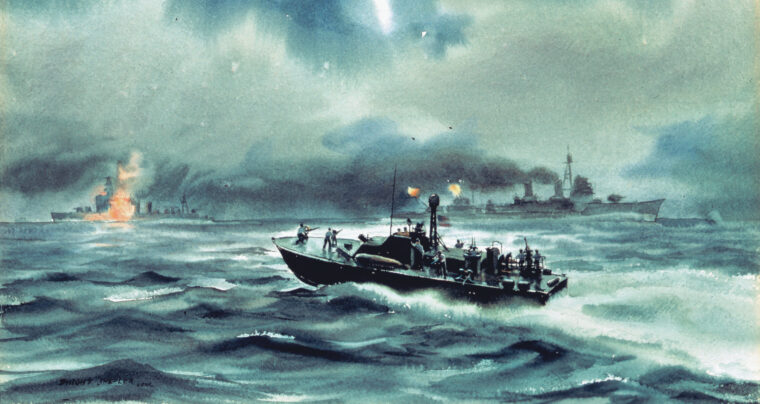
Philippines
In 1944, following the American victories in the South Pacific of operational commanders General Douglas MacArthur in western New Guinea and Admiral Chester Nimitz in the Marianas, American planners considered the next offensive against Japan’s empire. Read more
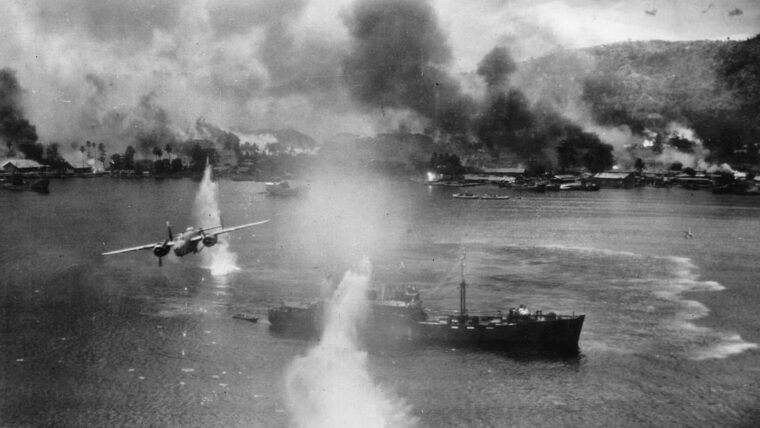
Philippines
In some historical circles, a mistaken impression has developed that the U.S. Navy’s Task Force 38 launched the aerial offensive on the Japanese stronghold at Rabaul, New Britain, that ultimately rendered the base useless. Read more
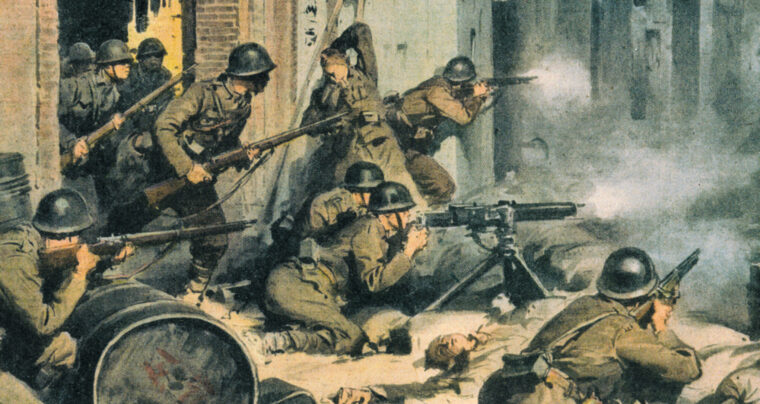
Philippines
On November 11, 1941, the U.S. Navy gunboats USS Luzon and Oahu were ordered to “make quietly all preparations within the ship for a cruise at sea.” Read more
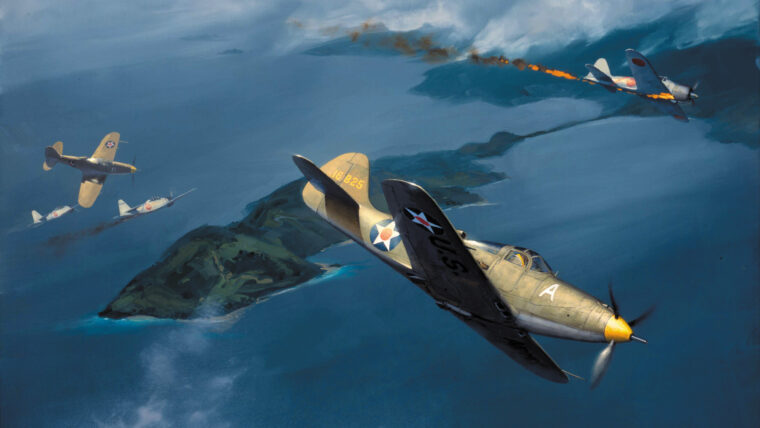
Philippines
If there is an American combat airplane that has achieved an ill-deserved reputation, no doubt it would be the much-maligned Bell P-39 Airacobra, a tricycle landing gear single-engine fighter whose reputation was greatly overshadowed by the more famous, and of more recent design, Lockheed P-38 Lightning, Curtiss P-40 Tomahawk, Republic P-47 Thunderbolt, and North American P-51 Mustang. Read more
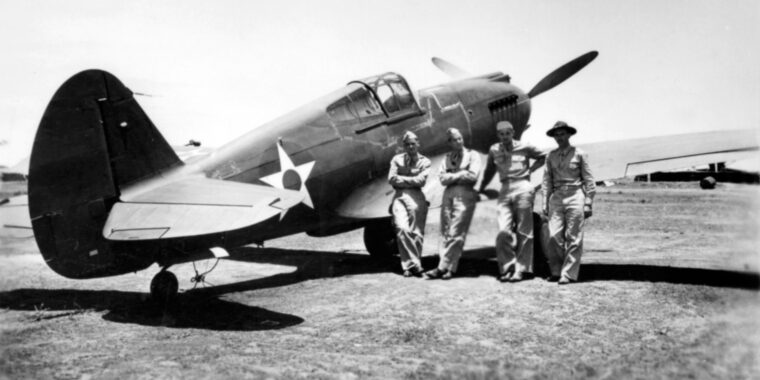
Philippines
In the popular history of World War II, the assertion that the United States was caught unprepared in Hawaii and the Philippines has become widely accepted as fact. Read more
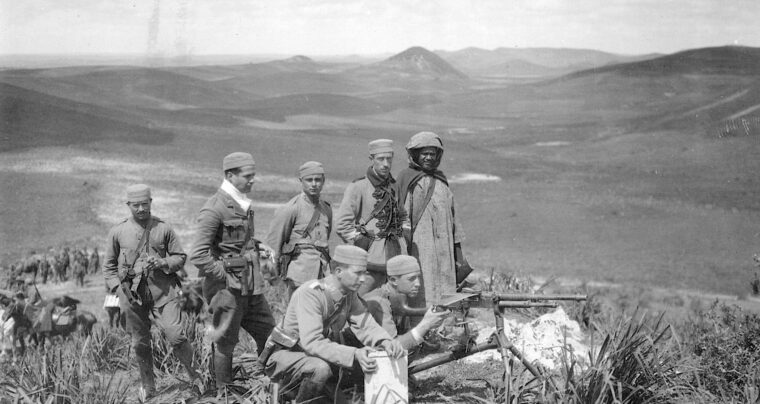
Philippines
Spanish Legionaries charged into battle crying, “Long Live Death.” They sang of being “the Bridegrooms of Death” and proved they meant it with over 10,000 killed and 35,000 wounded. Read more
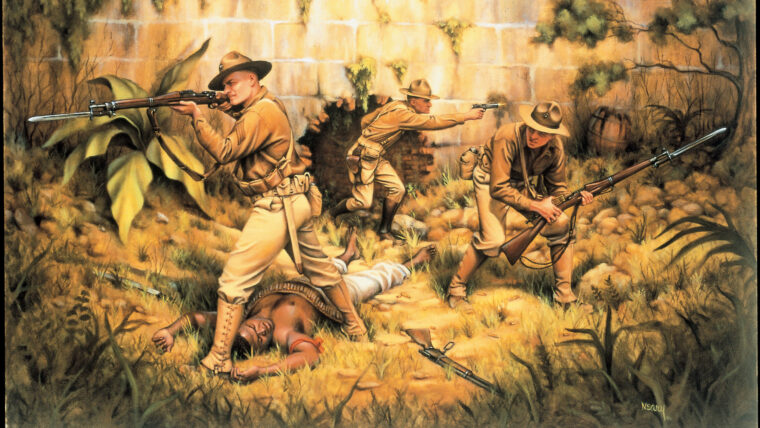
Philippines
The annals of the United States Marine Corps are filled with the names of mavericks known not only for their fighting skills, but for their offbeat personalities as well. Read more
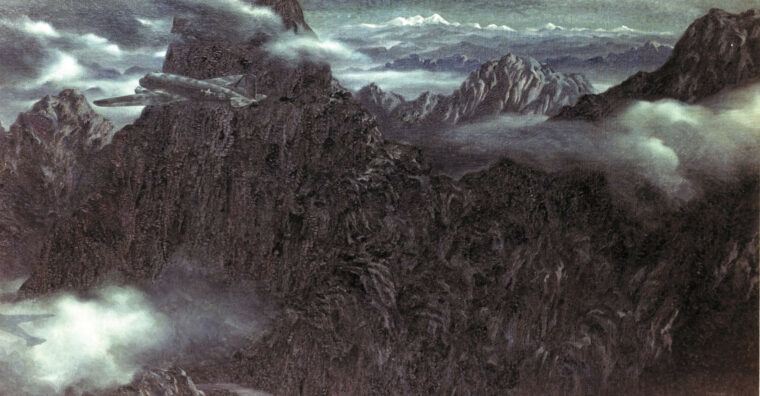
Philippines
In truth, it really was not a combat operation. For every airplane lost to enemy action, a hundred were destroyed in accidents. Read more